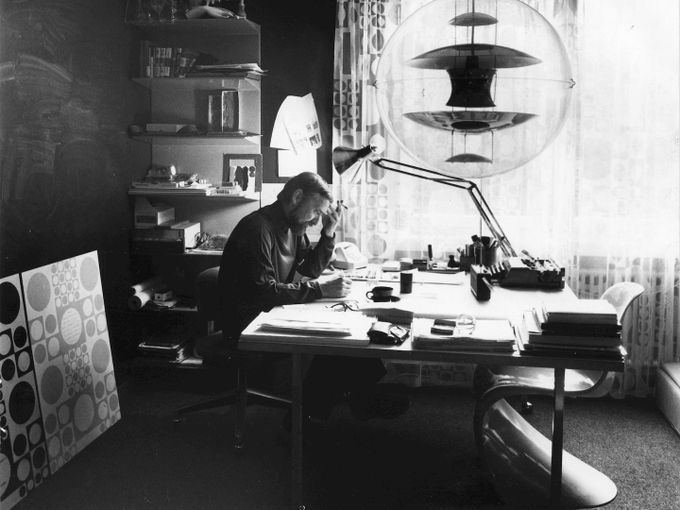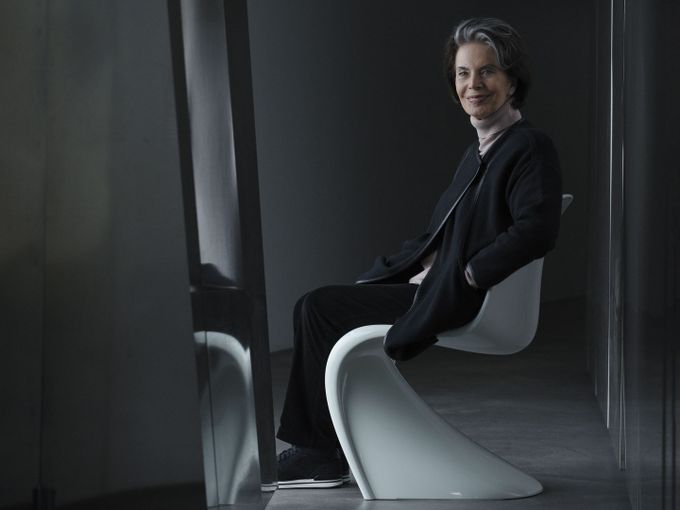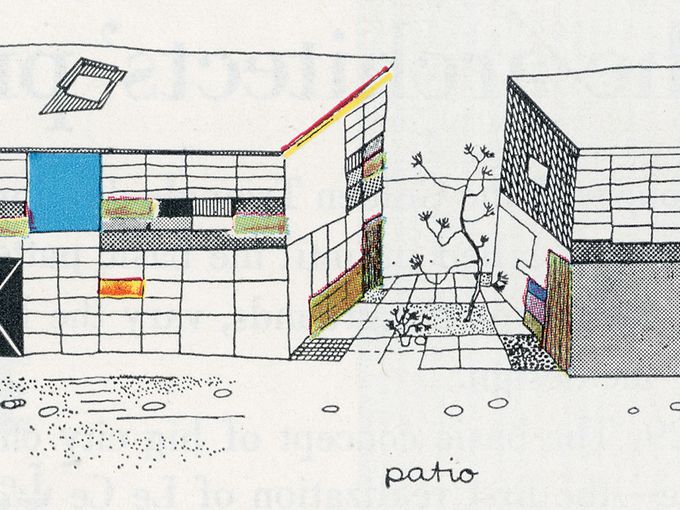ProduitsChaisesFauteuilsCanapésSièges de bureauChaises longuesTabourets et bancsSculpturesSièges conférenceSièges pour aéroportsRangementMicro architectureTables de salle à mangerTables de caféTables basses et tables d’appointBureauxSystèmes de mobilier de bureauSystèmes de conférenceLumièresHorlogesObjets décoratifsPorte-manteaux et étagères muralesPlateaux et vaissellesNouveauBest-sellerRapidement disponibleCouleurs & matériauxAlexander Girard Antonio CitterioBarber OsgerbyCharles & Ray Eames George NelsonHella JongeriusIsamu NoguchiLounge chair finderOffice chair finderGift finderEntretien & réparationPièces de rechangeProduits d'entretienGarantie du fabricantVitra Circle StoresLounge Chair & OttomanHang it allInspirationsSéjourSalle à mangerHome OfficeChambre d'enfantsExtérieurHome StoriesAugmented RealityCouleurs & matériauxHome SelectionEspace de travailConcentrationRéunionAteliersClub OfficeCitizen OfficeStudio OfficeDynamic SpacesEspace de réceptionAéroportsÉducationCo-WorkingHealthcareNos clientsDestination WorkplaceÀ l’heure des classiquesChaises de bureauDancing OfficeHome StoriesHome Selection : tisus de Kvadrat et DedarAugmented Reality - faites entrer les produits Vitra dans votre maisonL'École de design : Valoriser le travail et les connaissancesÀ l’heure des classiquesCouleurs & matériauxUne maison accueillante Un paysage de bureaux - sans murs ni cloisonsConfort et durabilité réunisUn espace de premier plan pour une grande école d'artServicesEntretien & réparationPièces de rechangeProduits d'entretienGarantie du fabricantFAQ et contactGuides d'utilisationConsulting & Planning StudioVitra Circle StoresConseils & planification dans la VitraHausGuides d'utilisationInstructions d'entretien pour l'extérieurRéparation, entretien, remise en état au Vitra Circle Store Campus ProfessionalsDonnées CAOFiches produitsCertificatsRapport sur le développement durableGuides d'utilisationInformations écologiquespConExemples de planificationCouleurs et matériauxCertificats et normesHome SelectionLogin revendeurNos clientsMyntDestination Workplace: Rendez visite à nos clients et partenairesAnagram SofaMikadoTyde 2 sur roulettesACXDancing OfficeSièges de bureauMagazineHistoiresEntretiensExpositionsDesignersLe Projet VitraA Capsule in TimeSeeing the forest for the treesRefining a classicMynt is a lifetime achievement to meA desk like a typefaceV-FoamSculptural IconsGames bring people together – just like good officesLet there be light!Social SeatingJust Do It!EVER GREENWhy the Eames La Fonda Chair was designedWhen a Sofa is more than just a Sofa: Anagram100% virgin wool – 100% recyclableAn archive is like a time capsuleVitraHaus Loft - A conversation with Sabine MarcelisA 1000 m2 piece of furnitureFrom a toy to an objectThe Eames Collection at the Vitra Design MuseumAbout the partnership between Eames and VitraVitra CampusExpositionsVisites guidées et ateliersRestaurationShoppingActivités en familleArchitectureVotre événementConseils & planification dans la VitraHausPlanifier votre visiteVitra Campus appCampus EventsActualitésVitraHausVitra Design MuseumVitra SchaudepotVitra Circle Store CampusOudolf GartenSur VitraDurabilitéJobs & CareersProcessus de designL’original est signé VitraHistoire - Project Vitra
What is Colour?
by Verner Panton

"Choosing Colours should not be a gamble. It should be a conscious decision. Colours have meaning and function," says Verner Panton. In the book "Notes on Colour", the Danish designer collects his ideas and thoughts on colours. An extract.
"Colours are a subjective, physical perception – they really don’t exist at all. Yellow is yellow only in our thoughts. It is only the function of our eyes that creates colours. Everything in our surroundings has a color – only water (distilled) and schnapps are colourless!"
© Verner Panton Design AG
"Colourless is only what light can penetrate completely. A colour has its origin in the purely physical world. It originates in light rays being reflected from or penetrating a substance. The things we see get their colour and appearance from rays of light.
The rays of light hit an object, are reflected by or penetrate it and are picked up by the eye, Some of them are absorbed by the object thus changing the intensity and composition of the reflecting or penetrating light."
"Colourless is only what light can penetrate completely. A colour has its origin in the purely physical world. It originates in light rays being reflected from or penetrating a substance. The things we see get their colour and appearance from rays of light.
The rays of light hit an object, are reflected by or penetrate it and are picked up by the eye, Some of them are absorbed by the object thus changing the intensity and composition of the reflecting or penetrating light."


"The perception of colour depends on the source of the light. The sun is our most important source of light. Daylight is rich in blue tones. In contrast the standard light bulb does not contain much blue or violet but has a great deal of yellow, orange and red. Sunlight has a more golden tone. When it falls on fresh snow it looks more yellowish while fresh ski tracks cast a blue shadow because of the pure light from the sky."
© Verner Panton Design AG
"Textiles seem to have different shades of colour by daylight and by lamplight. A scarlet material seem to be intensely red by lamplight and bluish in daylight. A blue-green material seems less blue by lamplight than daylight. When an object reflects more than 80-90% of the light falling on it we perceive it as white. When it absorbs more than 95% of the light it appears black."
"Textiles seem to have different shades of colour by daylight and by lamplight. A scarlet material seem to be intensely red by lamplight and bluish in daylight. A blue-green material seems less blue by lamplight than daylight. When an object reflects more than 80-90% of the light falling on it we perceive it as white. When it absorbs more than 95% of the light it appears black."
Publication date: 8.6.2017
Author: Verner Panton. From "Verner Panton: Notes on Colour". Danish Design Center; Copenhagen; 1991.
Images: © Verner Panton Design AG


